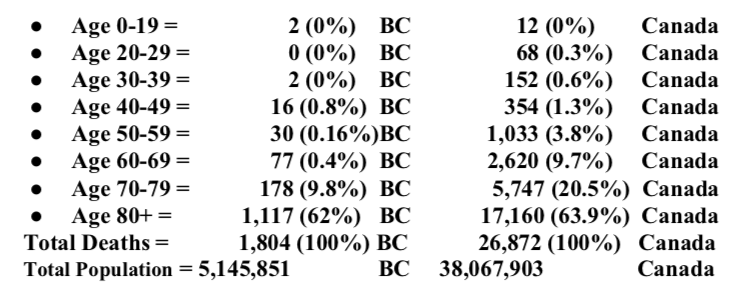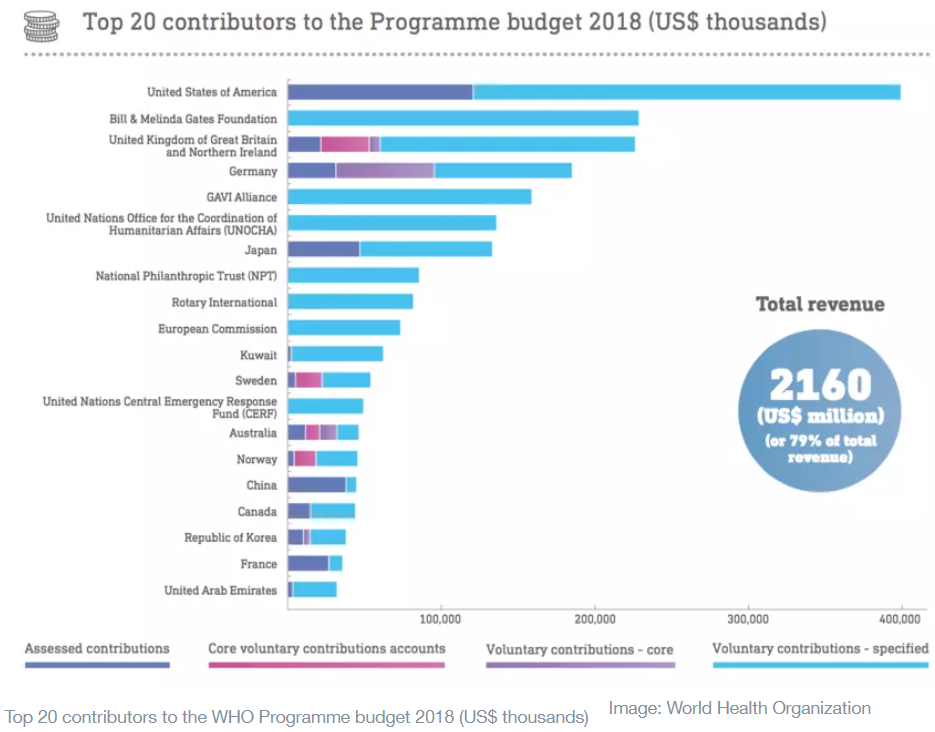All Global Research articles can be read in 51 languages by activating the “Translate Website” drop down menu on the top banner of our home page (Desktop version).
Visit and follow us on Instagram at @crg_globalresearch.
***
Once upon a time, there was a cute little shrimp and there were three powerful fat whales. The three whales fought among themselves and one of them killed the other two and then, the victorious whale ate the cute little shrimp.
This is the story of Korea in the latter half of the 19th century. China, Japan and Russia came and they fought to swallow Korea.
Korea was important to them. Russia needed Korea for ice-free ports; China wanted to keep Korea as a vassal country and a buffer zone between Japan and China; Japan badly needed to have Korea as an expressway to China to conquer.
They fought and Japan won the Sino-Japan war (1894-1895) and the Russia-Japan war (1904-1905) and Japan annexed Korea in 1910.
We are now in 2021, more than one century after the trilateral whale fights. A part of Korea is no longer a shrimp; it is grown to be a smart dolphin but surrounded by the same old whales (China, Japan and Russia) in addition to a much larger whale (the U.S.).
A century ago, Korea was destroyed, because the big powers had different interests in Korea. But, now, Korea may be destroyed, because all the big powers have the same interest in Korea, namely the maintenance of tension and the prevention of reunification of Koreas.
In this paper, I will do the following.
First, I will show how Korea was destroyed a century ago by the trilateral fight among China, Japan and Russia. I will show how Japan annexed Korea in an illegal way because of its double victory of war against China and Russia on the one hand and, on the other, because of the betrayal of the pro-Japan traitors.
Moreover, I will discuss how the U.S. let Japan destroy Korea in exchange of Japan’s acceptance of America’s colonization of the Philippines.
Second, I will discuss why Japan, China and the U.S. want to maintain, at the present time, the tension on the Korean peninsula. I will explain why Russia is rather in favour of peace on the Korean peninsula.
Third, I will discuss how Korea can survive in the Sino-American hegemonic war.
Story of Shrimp and Whales in the Latter Half the 19th Century
The geopolitical situation in Northeast Asia in the latter half of the 19th century provided an arena of trilateral fight in which Korea was sacrificed for the greed of China, Japan and Russia.
In 1860, a revolutionary movement took place in Korea. This movement was a political and religious movement; it was called “Dong-hak” meaning Eastern Studies. It embraced several systems of thoughts including the Roman Catholicism designed to teach peasants the need for freeing themselves from the abuse of power of the “Yangban” group (Korean aristocrats).
In 1892, 69,000 peasants revolted and asked the government to punish corrupted bureaucrats, chase foreigners and impose more discipline on the bureaucrats. But, the government refused and the peasants fought to win battles and occupied the city of Jun-joo located in the Southwest region of South Korea.
The panicked government asked China to sent troops to fight the peasants and China sent an important number of troops. But, Japan also sent its troops in accordance with a previous Sino-Japan Treaty, the Li-Ito Treaty (1885) by virtue of which Japan had right to send its troops when Chinese armed forces come to Korea.
The Dong-hak army decided to avoid the war against the combined forces of the Korean government, the Japanese troops and the Chinese troops and the Jun-Joo Treaty was signed and the Dong-hak army was disbanded.
However, the Dong-hak movement succeeded in achieving social reform, according to which the Yangban class system disappeared and the dreadful slave list was destroyed in addition to the land reform in favour of the peasants.
There are several interpretations of the Dong-hak revolt, but, as far as I am concerned, it was the French Revolution of Korean style.
King Gojong asked China to withdraw its army from Korea, which China did. But, Japan kept its troops under the pretext of protecting Japanese citizens.
Two more battalions of the Japanese army came to Korea. From there on, Japan’s unlawful and barbaric behaviour began and nobody could stop it.
In June 1892, the Japanese armed unit invaded the palace and chased away the Min-cabinet which was pro-China and created a pro-Japan cabinet led by Dae-won-gun, farter of King Gojong. And, Japan provoked China in order to make China declare war which Japan was convinced it would win.
The Dong-hak army rose up again to fight the Japanese. In October of 1894, 100,000 Dong-hak troops gathered in Jun-joo and marched toward Seoul.
On the way, they met the combined forces of Korean army and Japanese army and fought for 7 days in the city of Kwang-joo not far from Jun-joo. The Dong-hak army was beaten. The Japanese were too well armed with modern weapons and the Dong-hak troops were literally massacred en masse.
In December, 1894, the Dong-hak leader, Chun Bong-joo was executed and the great revolution of the Dong-hak was over.
It was about this time that a pro-Japan Korean politicians begun to conspire with Japan to take over the power. On May 21, 1894, at dawn, the pro-Japan Group known as “Chin-il-pa:親日派:친일파” plotted with two Japanese battalions and attacked the palace to force the King to transfer power to his father, Dae-won-goon.
The plot was set to eliminate Chinese influence in Korea. Japan attacked without the declaration of war the Chinese navy in Nam-Yang Bay and won almost all the battles on land and sea including the large-scale battle of Pyongyang.
Thus, the short-lasting Sino-Japan War began in July 25, 1894 and China was defeated with humiliation. The war ended with Treaty of Simonoseki on April 17, 1895. China lost Taiwan, the Liaodong Peninsula and a few other minor territories
In the mean time, Russia became strong and did not hide its ambition to exert influence in Korea. And, in Korea, a pro-Russia group was formed and started to negotiate with Queen Min who helped to form a cabinet with pro-Russian people under Park Jeong-yang.
Dae-won-goon was suspected to be pro-China and he was removed from power.
Japan was worried to lose control in Korea and the new Japanese Consul, Miura Goro arrived to strengthen Japan’s power. On October 8, 1895, Samurai worriers and Japanese soldiers invaded the palace of Queen Min, captured Queen Min, cut her down with a Japanese sword and threw her into hellish fire.
On February 11, 1896, the Russian Consul brought 100 Russian navy sailors and literally kidnapped King Gojong in complicity with the new queen and put him in the underground floor of the Russian consulate and Russia could obtain a series of concessions to make a fortune. And, a pro-Russia cabinet was formed under Lee Byung-jin, minister of justice.
Russia obtained the management rights of mines and railroads for a large sum of money. For instance, Russia got the right to manage Kyung-in railway, Kyung-ui Railway and the gold mine in Gangwon Province. Some of the managers were non-Russian Europeans.
Many of the pro-Japan ministers were killed by the pro-Russia people in front of a palace. The remaining pro-Japan politicians escaped to Japan to return later back to Korea and sell Korea for their personal greed and ambition.
Under Tsar Nicholas II, Russia began to develop the Eastern region of Russia and it became stronger by the day and Russia’s southward politics began to worry Japan, because Russia could chase Japan out of Korea.
Then something incredible happened! Japan proposed to Russia to divide the Korean peninsula into two halves along the 39th parallel, the southern part to be controlled by Japan, while the northern part to be occupied by Russia.
This was similar to the 1945 division of the Korea peninsula along the 38th parallel in accordance with the Soviet Union-the U.S. agreement.
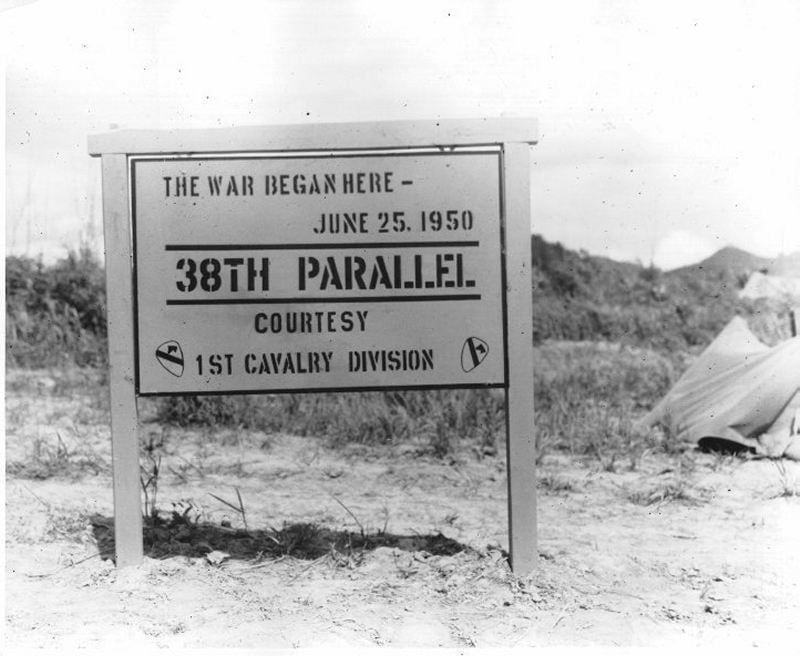
Russia refused Japan’s proposition, probably because, Russia wanted to have the entire Korea.
The Russo-Japan War was inevitable. Japan sent the ultimatum on February 6, 1904 and two days later Japan attacked the Russian navy near Inchon.
General Nogi Maresuke won the decisive victory by capturing Port Arthur and Admiral Togo Heihachiro destroyed the entire Russian Baltic Fleet near Tsushima Island. These two victories of Japan have made Russia hesitant to continue the war with Japan.
The truth was that Russia had some resources allowing it to continue the war, while Japan had no longer any resources. It was US President Theodore Roosevelt who mediated the end of the war.
The U.S also had interests in the region. Washington did not like Russia’s southward expansion and, in a way, it was important for Japan to win, for Japan could become a useful ally.
In fact, Washington was a conspirator of Korea’s tragedy. There was the Katsura-Taft Agreement which gave free hand to Japan to destroy Korea which the U.S could save.
In July, 1905, Prime Minister Katsura Taro of Japan and the U.S. Secretary of War, William Howard Taft met and agreed that the U.S. recognize Japan’s idea of making Korea its protectorate, while Japan recognizes the Washington’s right to colonize the Philippines.
In a sense, the U.S. was another big whale who played a role of allowing Japan to destroy Korea.
Thus, the Russo-Japan war which started on February 10, 1904 ended on August 10, 1905 with the Portsmouth Treaty which allowed Japan to protect, supervise and colonize Korea.
Shortly after Russia’s defeat, a pro-Japan cabinet took power.
This was the beginning of a half-century of Korea’s nightmare of humiliation and suffering from cruel and brutal Japanese oppression.
On 17 November 1905 Japan imposed the Eulsa Treaty which made Korea Japan’s protectorate in such a way that Korea lost completely sovereignty in foreign relations. Many ministers of the pro-Japan cabinet protested; some of them killed themselves to protest.
But, Treaty was signed by traitors, especially Lee Wan -yong, one of the five ministers who supported the Treaty. Lee was the key person who supported the Korea-Japan Treaty of 1907 which made Japan to control further Korea’s foreign policy.
Finally, in 1910, Lee was the prime minister of the puppet pro-Japan government and signed the illegal and humiliating Korea Annexation Treaty.
For his treachery, Lee was knighted in 1921 by the Japanese emperor; he became Marquis; he became one of the richest men in Korea with confiscated assets including land.
The story we saw illustrates how a week country surrounded by big powers can be destroyed by them, especially, when the country is divided into pro-China group, pro-Russia group and pro-Japan group.
Story of Dolphin and Whales of the 21st Century
We are now in 2021 and more than a century has passed since the Eulsa Treaty of 1905. But, Korea is still surrounded by big powers and it is divided between pro-Japan group of South Korean Conservatives (PJSKC), the pro-Korea South Korean Liberals (PKSKL) and North Korea (NK). Thus there are three Koreas.
Story of PJSKC
Let us begin with the PJSKC group. It is composed of the “chin-il-pa”, that is, pro-Japan group who sold Korea to Japan for personal glory, money and power in the 1900s.
The misfortune of Korea was the fact that they were not punished for their collaboration with Japan and, on the contrary, they ruled South Korea for 58 years out of 73 years since 1948.
They formed the conservative party led by former Japanese officers such as General Park Chung-hee and General Baek Sun-yup who identified themselves more with Japan than with Korea and who have done their best to make South Koreans feel inferior to the Japanese.
For the South Korean conservatives, North Korea is a dangerous enemy which will surely punish the chin-il-pa, if and when Korea is reunited. This is the first reason for the PJSKC’s not wanting peace on the Korean peninsula.
There are three more reasons for chi-il-pa’s wish to have the North-South tension and object the peace on the Korean peninsula.
First, the North-South tension has facilitated their electoral victories by fabricating a fear environment leading to the frightened people’s preference for the conservatives known for its militarism which is supposed to do better job of dealing with North Korean threats, the threats often fabricated by the conservative media led by Cho-Joong-Dong (Chosun Ilbo, Joongang Ilbo and Dongah Ilbo).
Second, since the U.S. does not wish to end the Korean War, South Korea being Washington’s forefront military base must do what Washington wants.
Third, the North-South tension justifies the increase of the budget for the purchase of weapons made in Korea or abroad, especially the U.S. It is a known secret that a very large portion of this money goes into the pocket of those involved in weapon deals who are mostly leaders of the PJSKC group.
Story of PKSKL-North Korea
If there are countries which desire peace on the Korean peninsula, they are the PKSKL and North Korea.
The honest efforts to bring peace and prepare for the reunification of Koreas began honestly with the Sun-Shine policy of Presidents Kim Dae-jung and Rho Moo-hyun (1998-2008). These two presidents created a promising foundation for peace through Joint Agreements (2000 and 2007).
But the conservative party of Lee Myung-bak and Park Geun-hye did their best in destroying such foundation. By the way, these two former presidents are serving their prison terms for their abuse of power and corruption.
Since President Moon Jae-in of the PKSKL group took over the power in 2017, he had three summits in 2018 and 2019 with Kim Jung-un, President of North Korea and agreed to end the war, eliminate the inter-Korea tension and resume North-South economic cooperation and prepare for the reunification of Koreas.
Unfortunately, the lack of cooperation of Washington and the endless U.S.-led UN sanctions, the inter-Korea peace dialogue and cooperation have become impossible. President Moon has not succeeded in lifting the inter-Korean tension.
Story of Japan
The Case of Japan is complex. To understand Japan’s perception of Korea, in general, and North Korea, in particular, we have to understand the unusual characteristics of Japan’s leaders.
Since Kishi Nobusuke took power in 1957, the Liberal Democratic Party (LDP) has ruled Japan for 58 years out of 64 years. Kishi Nobusuke was the maternal-side grandfather of Shinzo Abe who ruled Japan for 10 years in the 2010s.
Remember this. Kishi was A-class war criminal and sentenced for 5-year prison but liberated after the Americans left Japan. Kishi was one of the most vicious violators of human rights in Manchuria.
He was one of the worst racists; he compared the Chinese people with the Yangtze River which stinks.
He was the right-had man of Tojo Hideki who attacked Pearl Harbour in 1941 without the declaration of War and who put the Japanese people into the hell of the Pacific War.
Over the years, the LDP has become the center of a far-right wing political group which I qualify as the “Neo-Meiji Restoration Group“, or NMRG which has strong attachment to the glory and power of the pre-1945 Japan, which was the continuation of the Meiji Era Japan (1868-1912)
The NMRG has the following characteristics:
- It does not recognize the Tokyo War Criminal Trial.
- It argues that Japan has never surrendered; Japan has signed the cease-fire. Hence, Japan is still in war with the U.S. and its allies.
- Its religion is Shintoism in which the Emperor is god; the Japanese are Emperor’s people, hence, they are divine people who could and did not commit such inhuman crimes as the sexual torture of 200,000 Korean girls, the Nanking Rape and labour slavery of Koreans.
- It still believes in the Hakko-Ichi-U, that is, Japan is destined to rule the whole world.
- It still has the project of the 1927 Tanaka Memorial which shows the roadmap of Japan’s world conquest starting with the conquest of Korea followed by that of China, Southeast Asia and the U.S.
In short, the ambition of conquering Korea and China is still there. But, to be ready for the eventual invasion of Korea and China, the LDP must remain in power eternally so that Japan can eliminate or modify Article 9 of the Japanese Constitution prohibiting Japan to make war. Here is the famous Article 9 of the Japanese constitution.
“Aspiring sincerely to an international order based on justice and order, the Japanese people forever renounce war as a sovereign right of the nation and threat or use of force as means of settling international dispute.” (A part of Article 9 of the Japanese New Constitution of 1947)
However, by virtue of an agreement with the U.S., Japan can join the American forces, if and when the U.S. is in war. In fact, Japan is suspected to hope for joining the U.S. forces attacking North Korea. This will allow the NMRG to satisfy partly its dream of re-conquering Korea and China.
At any rate, Japan does not want peace on the Korean peninsula; Japan wants the North-South tension to continue, because it produces the following benefits.
First, Japan needs North Korea as a threat to Japan, for it provides the occasion to unify voters in favour of the strong LDP. So, North Korea is a good electoral friend of LDP.
Second, the presumed threat of North Korea justifies additional military spending, which helps to build up strong armed forces needed for future invasion of Korea and China.
Third, Washington wishes to maintaining “tension” on the Korean peninsula. Japan being ally of the U.S. it has to go along with Washington’s wish.
Story of China
As for China, it also prefers “tension” on the Korean peninsula for the following reasons:
First, for China, the North-South tension allows China to make North Korea dependent on China for the trade. As much as 90% of trade of North Korea depends on China so that China can exert great influence on North Korea.
Second, for China, North Korea is a precious buffer zone protecting itself from the cultural influences of South Korea and the U.S. Moreover, if hostility occurs between China and the U.S., North Korea could become a military buffer zone.
Third, if peace is established on the Korean peninsula because of the removal of American sanctions, North Korea could become potentially establish closer relations with the US, which in turn would modify Pyongyang’s relations with Beijing. In turn, if this were to happen, North Korea could become a threat to China.
Story of Russia
As for Russia, it has little geopolitical interest in Korea; it has rather geo-economic interests; it wants to build the pan-Korea pipeline to sell Siberian gas. It prefers peace on the Korean peninsula.
Story of the U.S.A.
Washington’s North Korea policy is as ambiguous as its Taiwan policy.
There could be several reasons why Washington has not solved the North Korean issue.
Moreover, it has retained the armistice of the Korean War for 68 years which has contributed to maintaining tension between North and South Korea.
The following reasons are examined below:
First, the U.S. maintains tension on the Korean peninsula partly because of the lobby (bribe) diplomacy of Japan and the PJSKC.
It is a well known fact that Japan and the PJSKC spend billions of dollars to demonize North Korea.
A great number of American and South Korean conservative politicians, academics, think tanks and especially mainstream media are funded by Japan and the PJSKC in order to demonize North Korea. These funds are, to put it bluntly, bribe money. Nobody knows how much.
Moreover, a PJSKC delegation recently went to Washington in order to convince Washington law makers of the need for the sanctions and the maintenance of the state of war on the Korean peninsula.
Second, Another possible reason for Washington’s wish to keep the Korea tension is the presumed threat of North Korean.
Is North Korea really a threat? The combined 2020 GDP of the trilateral alliance, Japan-Korea-the U.S. is USD 27,000 billion against North Korea’s GDP of USD 40 billion.
The combined defence annual budget of the trilateral alliance is almost USD 900 billion as against USD 4 billion in North Korea. How can North Korea be a threat?
Third, The U.S. says that it cannot tolerate the peace dialogue before the denuclearization of North Korea.
But, Washington could have denuclearized North Korea in 1994, 2005 and 2007.
In 1994, North Korea had no nuclear bomb; North Korea was ready to abandon its nuclear project by virtue of the 1994 Framework Agreement. But, Washington was instrumental in foreclosing this solution.
In 2005, Pyongyang was ready to abandon nuclear programmes because of the 2005 Joint Declaration of the 6-Party Talks. President George W.Bush ignored it.
In 2007, Kim Jong-un was ready to denuclearize North Korea because of the Action Plan of the 6-Party Talks. Once again, the U.S. did not take the good opportunity of denuclearization. Did Washington really want denuclearization?
Fourth, in a bitter irony, inter-Korea tension provides a large market for the American defence industry. South Korea spends about USD 7 billion a year to buy American weapons.
Moreover, it is a well known secret that weapon transactions produce large amounts of dark money which goes into the pockets of those involved, including bureaucrats, politicians, business leaders and other members of the corruption community.
Fifth, Washington needs inter-Korea tension to justify the presence of American armed forces in South Korea.
Thus, there are five reasons for Washington’s reluctance to end the Korean War and establish peace in the Korean peninsula.
The second and the third reasons are not very convincing. This leaves three reasons which are likely to be the real reasons, that is, the pressure from PJSKC and Japan, the weapon market attraction and the need for China containment.
How Can Korea Survive?
The future of Korea depends on how Korea deals with the South Korean “chin-il-pa” and the Sino-American cold war.
Integration of the Chin-il-pa
Korea has an important problem to be dealt with. It pertains to the relation between the PJSKC and PKSKL. In other words, how should one deal with the pro-Japan South Korean conservatives who identify themselves more with Japan than with Korea?
The strength of the PJSKC should not be underestimated. In terms of their number, they may represent perhaps 20% of the population. But their strength is their wealth.
They have ruled South Korea for 58 years since 1948; they have created a formidable corruption community and accumulated trillions of USD invested in land, businesses, buildings and other assets in Korea and abroad.
One of the indicators of the nature of the corruption community is the fate of the conservative presidents. Out of 6 conservative presidents who have ruled Korea since 1948, one was kicked out by students; one was assassinated by his CIA director, two were in prison; two are in prison. They have one thing in common; they have been condemned for abuse of power and corruption.
The sad story is that the corruption community is the elite community; they are lawmakers, judges, prosecutors, large companies and media. They commit crimes but they do not go to prison; if they have to go prison, they do not stay there long.
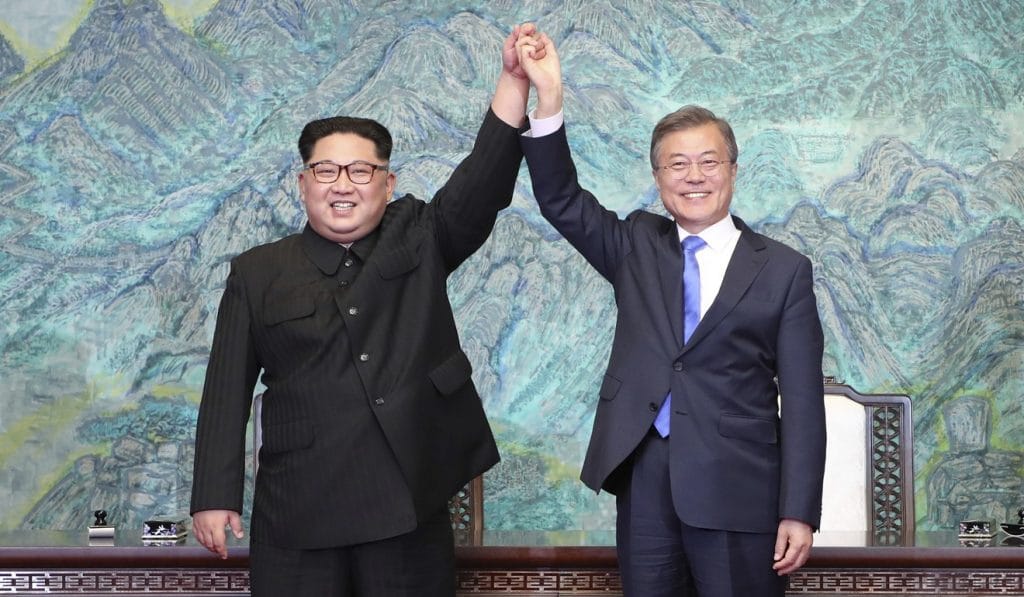 The future of Korea depends on how the people of Korea can clean the corruption community. It is true that, under the leadership of President, Moon Jae-in, important progress has been made in the fight against the corruption community.
The future of Korea depends on how the people of Korea can clean the corruption community. It is true that, under the leadership of President, Moon Jae-in, important progress has been made in the fight against the corruption community.
Image left, Moon Jae-in and Kim Jong-un (2018)
However, to continue to fight the corruption community, the Democratic Party representing the PKSKL should remain in power for an extended period; the presidential election early next year has vital importance for the survival of Korea as a nation.
If the Liberals maintain power after the presidential election, the liberal government will do address important issues, which previously have not been addressed.
The leaders of the PJSKC should be punished for their betrayal to the Korean race. The remaining members should be made to repent for the anti-Korean activities. They should be pardoned and integrated into the mainstream population. In this way, Korea can free itself from the century-old nightmare of the anti-Korea behaviour of the PJSKC.
Koreas Should be United, if Not Reunified
The survival of Korea surrounded by big powers depends on how well two Koreas are united in dealing with the common challenge, especially the external challenges. Koreans should never forget how they lost their country to Japan because of internal divisions.
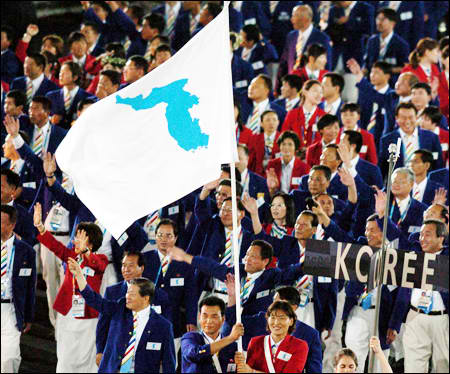
Sino-American Cold War
Two scenarios of Sino-American relations can be envisaged.
The first scenario is the case in which China and the U.S. coexist in peace, although they may compete in trade and technology, and China will not be a threat to the U.S. In this case, there is no reason for Washington to block the inter-Korea peace dialogue. This is the ideal scenario for Korea.
The united Korea should undertake the long process of reunification starting with the formation of custom union followed by the creation of common market, labour integration, monetary integration, political integration and finally the reunification of Koreas.
Japan, the PJSKC and some neo-con groups in Washington may object to this process, but united Korea should ignore them. South Korea is now a developed country and it has now resources and power to do so.
The relation of the united Korea with China and the U.S. should be friendly; it should become pro-China and pro-U.S. and it should assume the leadership of fostering cooperative Sino-American relations.
The second scenario is the case is where the Sino-American Cold War continues and even gets hot.
Korea will find itself in a rather delicate situation.
To survive, the united Korea should remain neutral and, in particular, show leadership in collaboration with middle powers such as Canada and Australia and ASEAN countries to prevent the outbreak of a Sino-American war.
We should never forget the inevitable truth that the Sino-American war will kill us all.
The message of this paper may be summarized.
First, the internal political division makes the country vulnerable to foreign powers’ invasion. At the end of the 19th century, the pro-Japan Koreans (chin-il-pa) traitors allowed Japan to humiliate, rob and enslave Koreans for half a century.
Second, the same chin-il-pa has played a major part not only in dividing the Korean peninsula into North Korea and South Korea but also in maintaining the inter-Korea tension and conflict in collaboration with Japan and the U.S.
Third, the survival of the Korean race as a nation depends on how the two Koreans unite themselves, deal with the chin-il-pa and find wisdom and courage needed to survive in the dynamics of the Sino-American hegemonic war.
Finally, I wish to see, once again, a world in which the two super powers and the two civilizations cooperate for the creation of a better world in which love, peace, security and prosperity prevail for all.
*
Note to readers: Please click the share buttons above or below. Follow us on Instagram, @crg_globalresearch. Forward this article to your email lists. Crosspost on your blog site, internet forums. etc.
Dr. Joseph H. Chung is professor of economics at Quebec University in Montreal (UQAM) and the advisor to the Study Center for Integration and Globalization (CEIM) of UQAM.
He is Research Associate of the Centre for Research on Globalization (CRG).
Featured image is from New Eastern Outlook
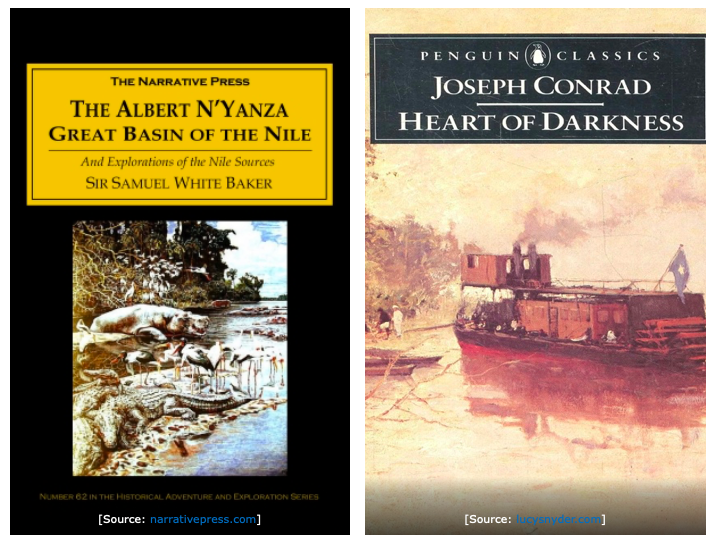





![Forbes Africa on Twitter: "[NEW EDITION] @PaulKagame, Rwandan president & Chair of the AU, graces the December/January issue of our #ForbesAfrica magazine. In an exclusive interview he speaks to our editor @METHILRENUKA](https://i1.wp.com/covertactionmagazine.com/wp-content/uploads/2021/09/forbes-africa-on-twitter-andquotnew-edition-pau.jpeg?resize=581%2C735&ssl=1)

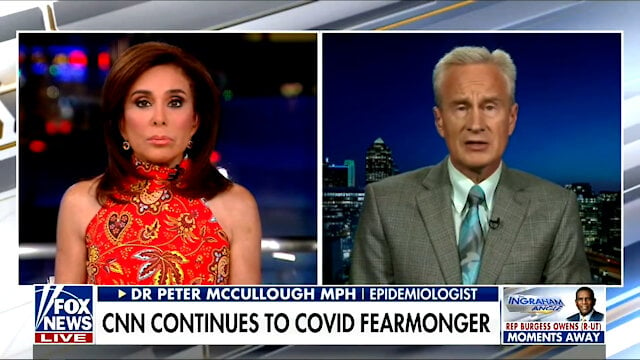













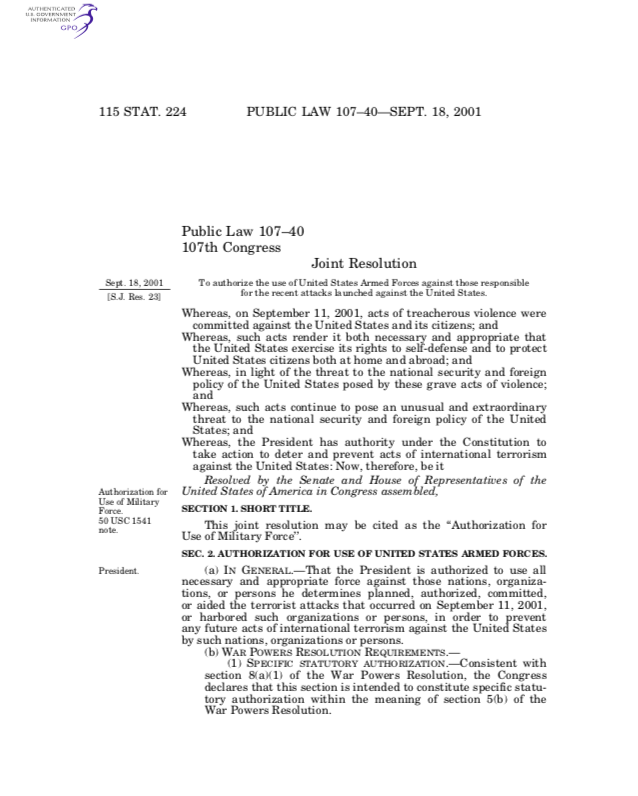
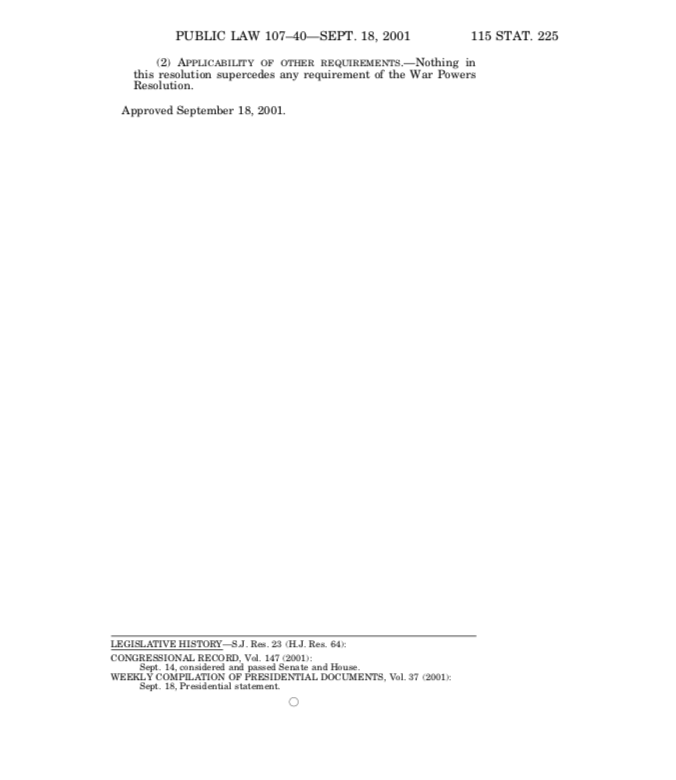









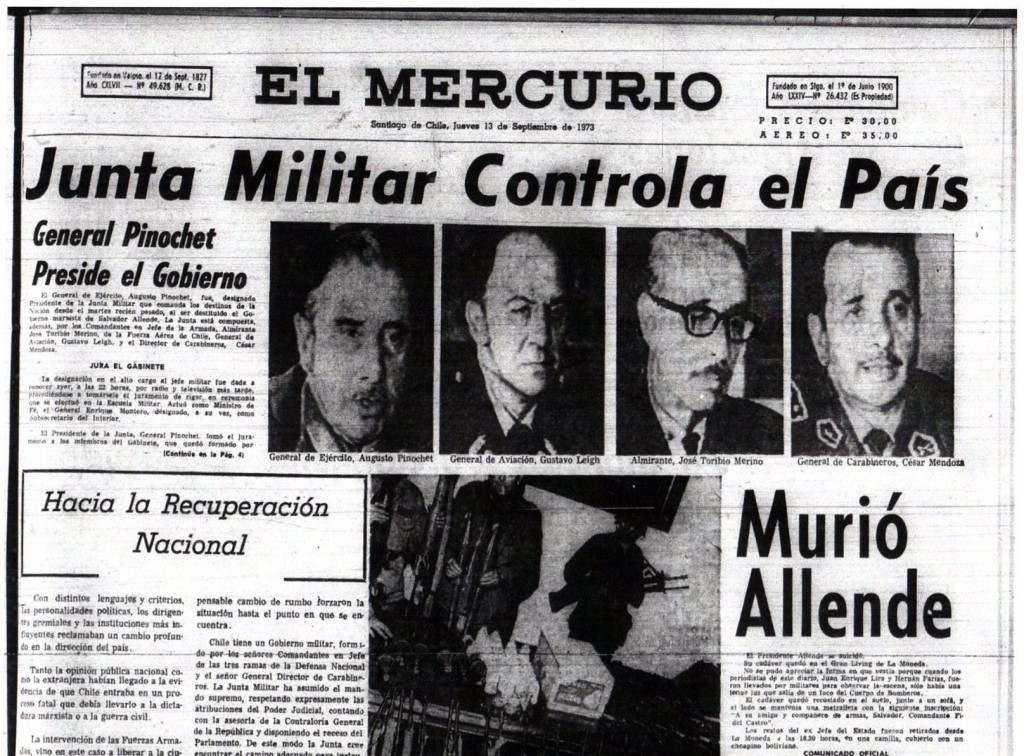
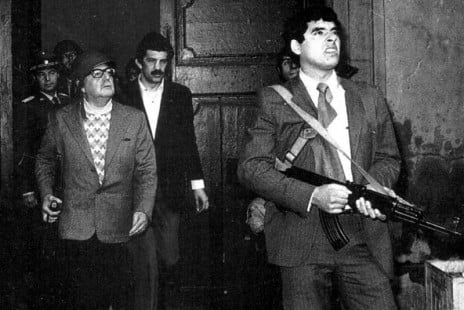
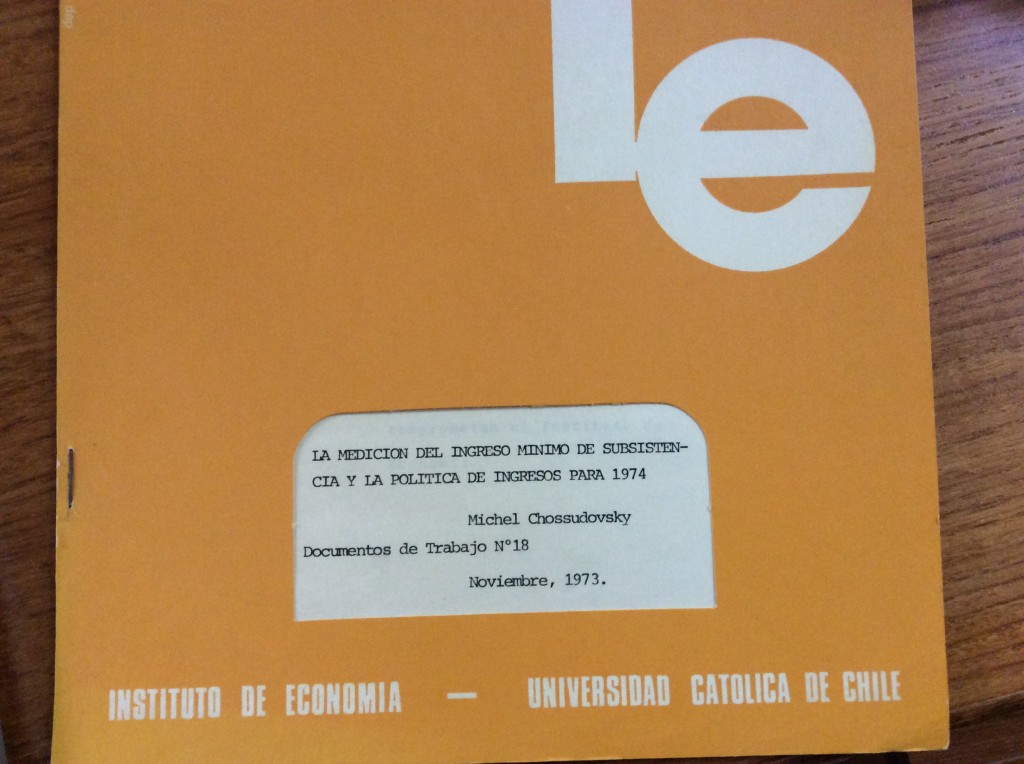

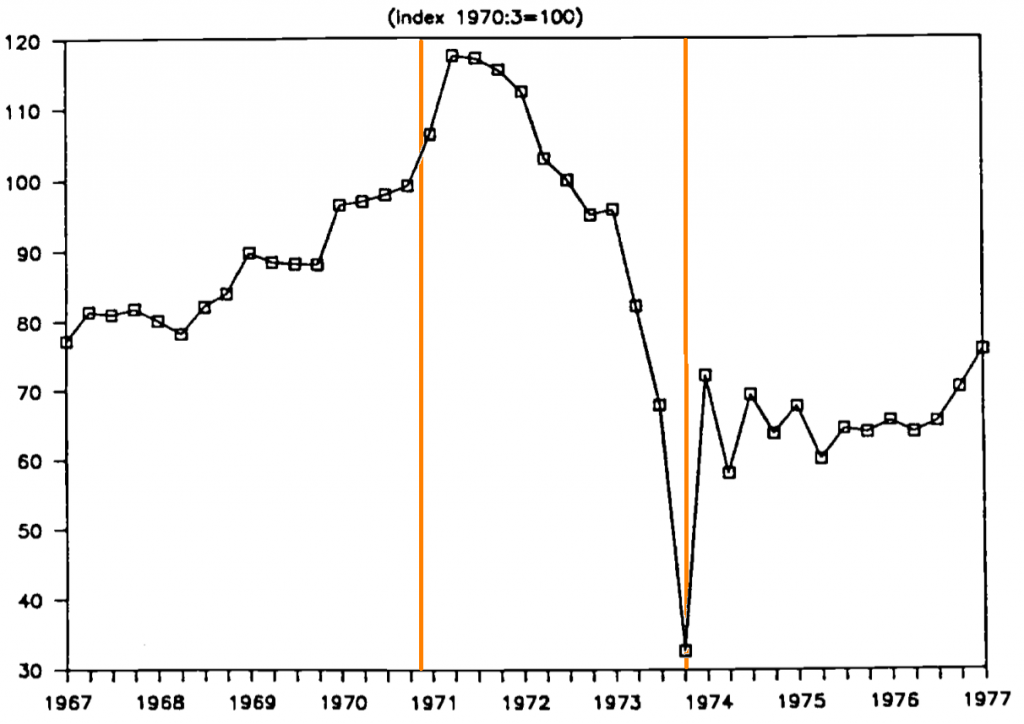
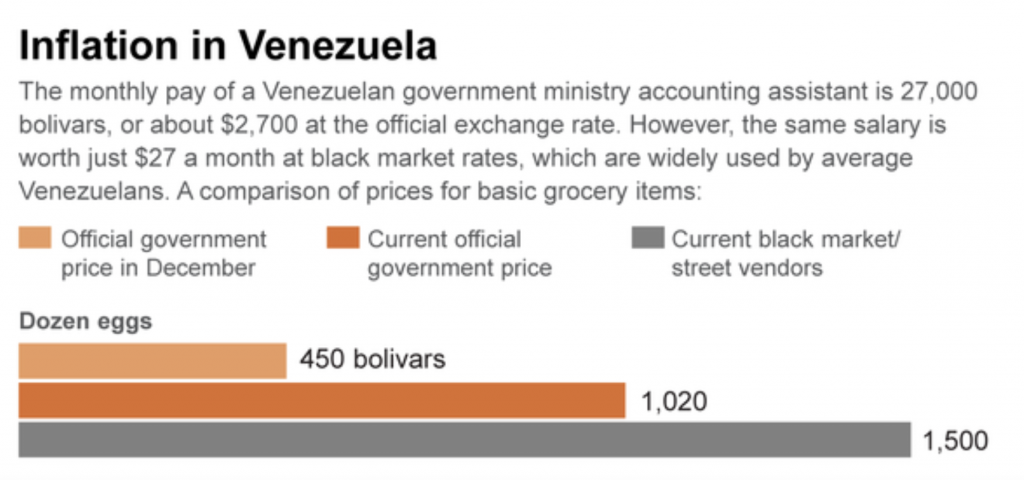

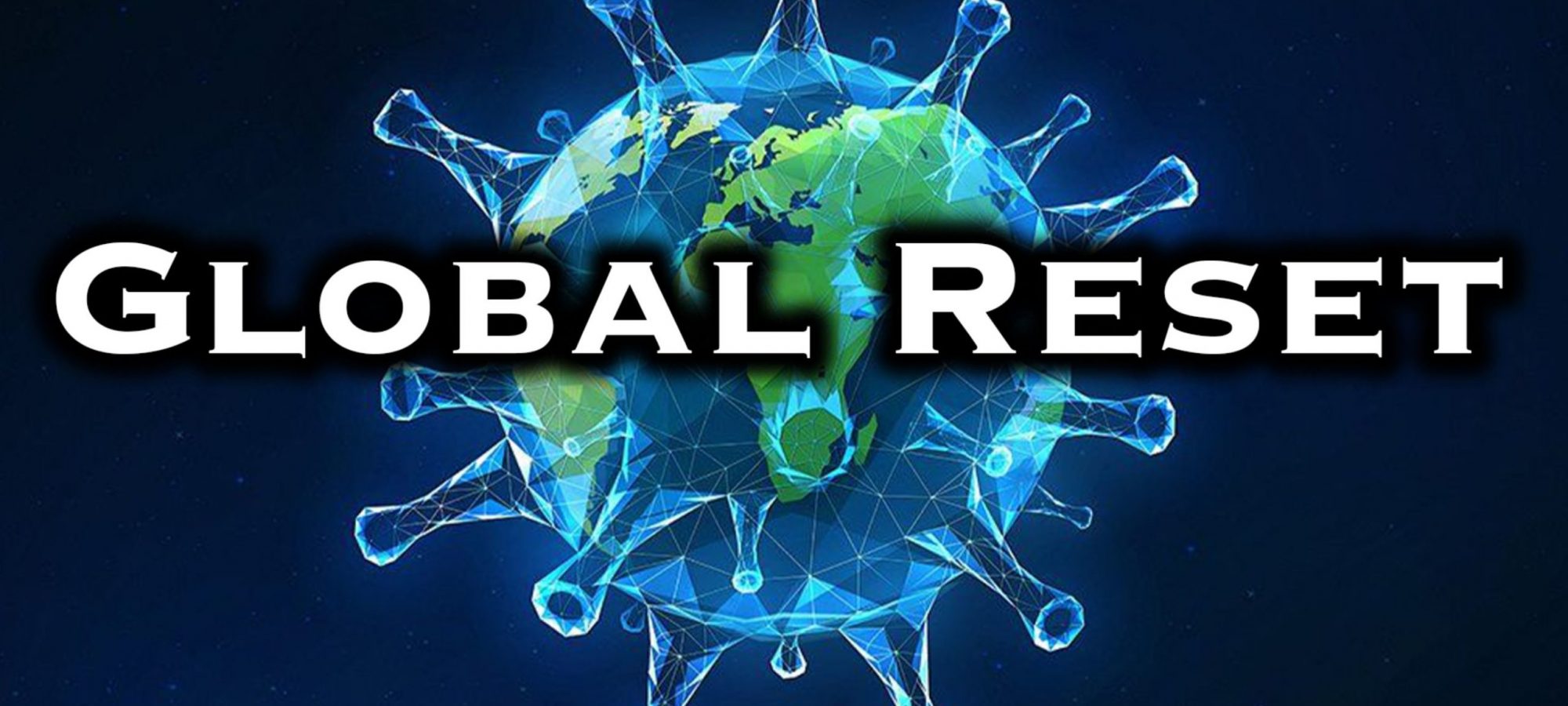
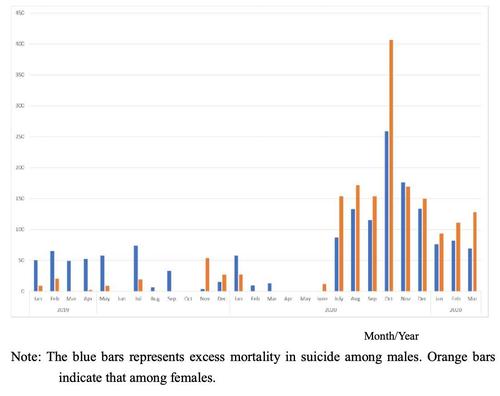


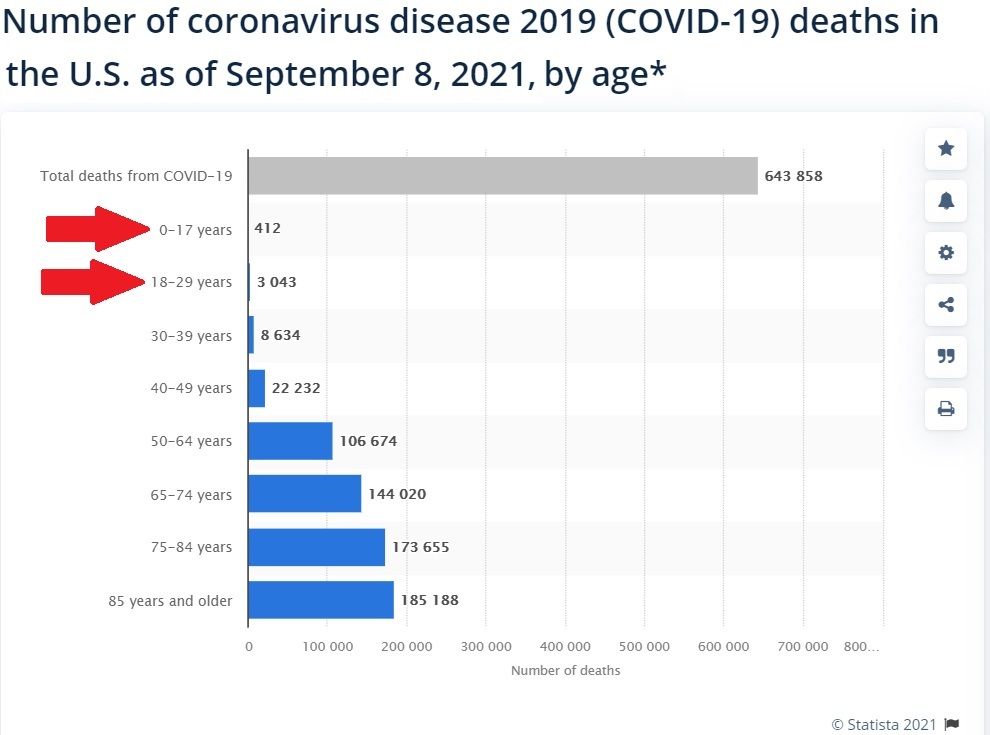

![Okinawan children play with giant toxic “snowflakes” near the U.S. Marine Corps Air Station Futenma, Okinawa. [Photo courtesy of YouTube]](https://images.squarespace-cdn.com/content/v1/6005a180c8cd610112a8a795/1631192003550-PXAUMNJ3F9USL0UGXU8I/okinawa+child+foam+%282%29.png)
![PFAS-laden foam travels across St. Inigoes Creek from Webster Field to my beach in Southern Maryland. [Photo by Pat Elder]](https://images.squarespace-cdn.com/content/v1/6005a180c8cd610112a8a795/1631192261063-W99SEYFNRBNYYJEVS5KZ/Foam+Line.jpg)


